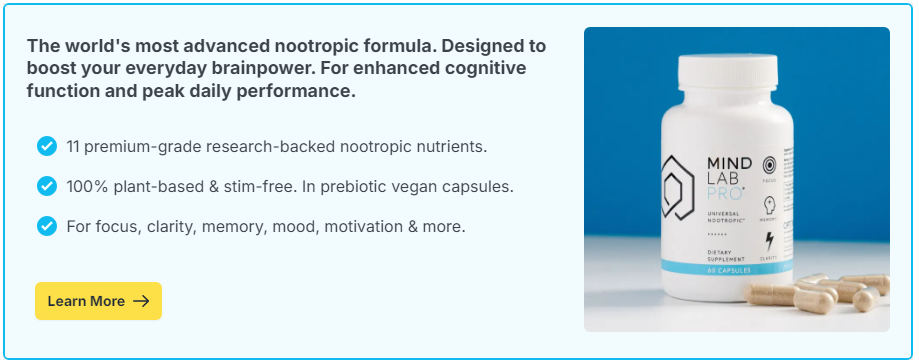
Short answer: There is no strong scientific evidence that a sudden “Kundalini awakening” by itself causes permanent neuroplastic growth. However, steady practices often associated with Kundalini traditions – mindful movement, breath regulation, meditation – can support brain plasticity over time when done safely.
Contents
What Do We Mean By Kundalini And Neuroplasticity?
Kundalini is a concept from yogic traditions describing latent spiritual energy that may “rise” through the body’s centers. Neuroplasticity is the brain’s ability to change its connections and activity patterns with learning, attention, and experience. Plasticity is well documented with skills training, exercise, sleep, and certain therapies; claims of dramatic, immediate rewiring from a single spiritual event are not supported by robust data.
Where These Ideas Overlap
Many Kundalini-style practices look similar to methods that have measurable effects on stress systems and attention: slow breathing, focused awareness, postural sequences, mantra repetition, and periods of stillness. These can lower chronic stress, improve interoceptive awareness, and support learning – conditions that make plasticity more likely. The effect is gradual and practice-dependent, not mystical or guaranteed.
Safety First: Potential Risks
Intense techniques (very rapid breathing, prolonged breath-holds, sleep deprivation, fasting, or overheating) can cause dizziness, panic, blood-pressure swings, or trigger underlying mental-health conditions. People with cardiovascular disease, bipolar disorder, psychosis risk, seizure history, or pregnancy should avoid strenuous breathwork and extreme practices and seek medical guidance before major changes.
Practical, Low-Risk Ways To Support Plasticity
If your goal is cognitive and emotional growth, you can use gentler, evidence-informed practices inspired by the tradition without courting harm.
Drill 1: Coherent Breathing (5 Minutes)
Breathe through the nose at about 5–6 breaths per minute (in ~5 seconds, out ~5). Keep shoulders relaxed. This can reduce arousal and steady attention for study or reflection.
Drill 2: Mantra Or Counting Focus (5 Minutes)
Repeat a simple phrase or count the breath quietly. When attention wanders, return gently. This builds attentional control – the engine of learning-driven plasticity.
Drill 3: Gentle Sequence + Stillness (10 Minutes)
Move through three to five slow postures (for example, cat-cow, forward fold, easy twist) and finish with two minutes of stillness. Pair movement with nasal breathing. Aim for calm, not strain.
Drill 4: Values-Linked Journaling (5 Minutes)
After practice, write three lines: one feeling you notice, one action that aligns with your values today, and one tiny step to take. Behavior change consolidates learning and makes neural shifts stick.
A Simple Weekly Plan
Five sessions, 20–25 minutes each. Day 1–2: Coherent Breathing + Mantra Focus. Day 3: Gentle Sequence + Stillness. Day 4: Repeat Day 1. Day 5: Mix all three drills and add Values-Linked Journaling after every session. Keep exertion low and stop if dizzy, panicky, or unwell.
How To Track Progress
Use practical markers: resting calm (1–5), time you can stay with a task without switching, and number of “values-linked” actions completed each week. Over four weeks you should see steadier attention and more deliberate choices if the routine fits you.
Common Pitfalls And Fixes
Chasing Fireworks: Spectacular sensations are not required for growth – favor consistency. Overbreathing: If tingling or lightheaded, slow the breath or stop. All-Or-Nothing Plans: Keep sessions short; plasticity comes from repetition, rest, and integration.
Grand claims about Kundalini “rewiring” the brain are not backed by strong evidence. If you are interested in this path, focus on low-risk practices that are known to support attention, stress regulation, and learning. Build changes slowly, prioritize safety, and pair practice with healthy sleep, exercise, and meaningful action.

